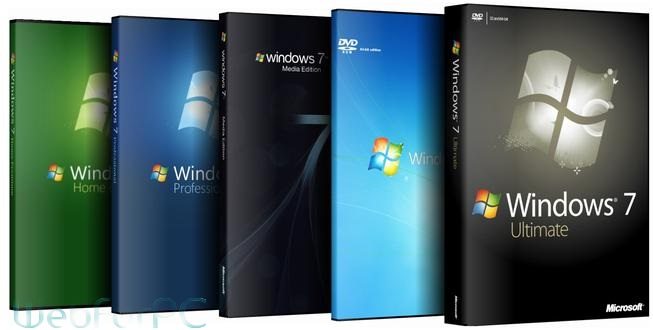Microsoft Windows Aio German Dvd Iso Copy

If only more people would do what you are trying to do!When you backup your software on a regular basis you never have to worry about what would happen if your computer crashes or otherwise becomes unusable. In just minutes you can restore a known good backup and you have gone back in time as if nothing happened.Backing up is a big topic so I'll just give you the outline of it here.
Let's start with the terminology, which is always messed up whenever it concerns a computer.An image is an exact copy of a partition on a hard drive, compressed into a single file. If your hard drive has only one partition, the termsimage and disk image mean the same thing. Your operating system and installed software should be in the same partition, which is known as thesystem partition. That's why an image of your system partition is also known as asystem image.So far, so good?An image is more than a copy of folders and files. It also includes the metadata at the beginning of the drive (or partition.) The metadata is a technical description of the partition/drive that's needed to make it usable by an operating system.That's why you can't simply copy the contents of your system partition to a USB drive or DVD. To make an image you need - get ready - imaging software.Windows 10 has its own imaging software. It does the job, but seeing as I have no particular loyalty to Microsoft I can tell you that third-party imaging software is more convenient and has more features.
It's tricky to learn, but very worthwhile if youinvest the time. For example, I like to use Macrium Reflect but there are other good choices.Virtually all imaging software can be scheduled, so here's what I do: I have my computer make an image every day overnight.

Techbench Windows 10 Iso

I can also make an image manually any time I want. No matter how badly I mess up my computer - and I do, trust me - I'm never morethan 24 hours away from a backup. Just a regular guy, with no fancy titles or boasts.
DescriptionFollowing the success of Windows 7, Microsoft had tough to keep up with this position, and with the introduction of a variety of mobile devices equipped with a touch screen, it was necessary for Windows to be optimized for them. Eventually, in the middle of 2012, Windows 8 and later Windows 8.1 (Windows 8.1 MSDN) were introduced to respond to the needs of the users day.Microsoft in this version of Windows used a new design language and interface that was originally known as the Subway, and then, due to a complaint from the German company Metro AG, was unofficially renamed Modern and Windows 8. The main feature of this interface was the removal of the traditional Windows Start menu and the replacement of a single page and separate environment instead.The main purpose of this interface was to optimize and have more features available to users who use mobile devices like Windows tablets.
Microsoft apparently had forgotten that a large number of Windows users were still desktop users, and that’s why Windows was not well received, and Microsoft decided to update an update to get these comments and other Windows 8 problems. The full-fledged version of Windows 8 comes with a new release that will eventually be available in late 2013, Windows Blue or Windows 8.1.In the spring of 2014, Microsoft released another update for Windows 8.1 (Windows 8.1 MSDN) to make Windows desktop users more satisfied. After upgrading this version of Windows 8.1, the user will be redirected directly to the desktop (the default feature was not found in the Windows 8.1 version), as well as several changes for more and more useful than the desktop, mouse and keyboard. There is an update to the margin for the Windows 8 user interface.
UpdatedAlthough Microsoft has announced it will not provide a similar update, but in the last days of 2014, in a complete silence, an update called Update 3, also known on some sites with Update 4, was introduced.
Comments are closed.